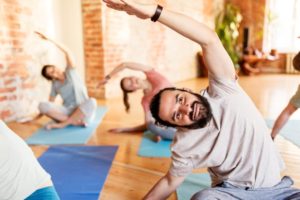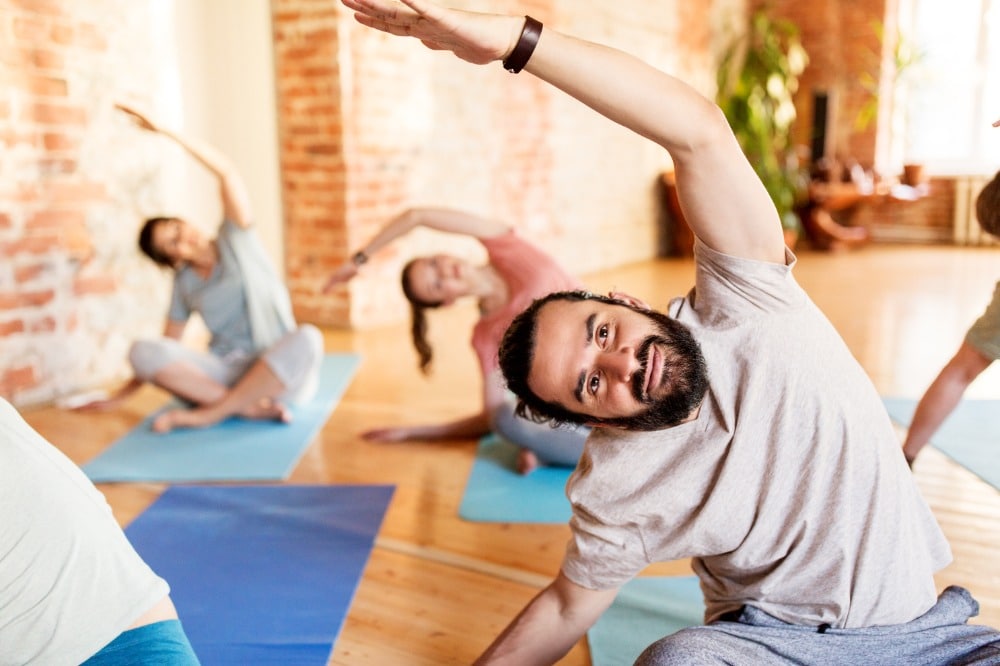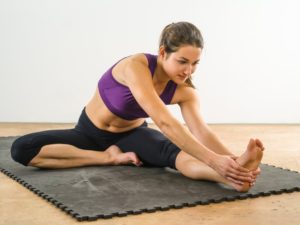Fibromyalgia Exercises to Do Right At Home
While the pain and exhaustion associated with fibromyalgia may make exercise and daily tasks challenging, physical activity is essential. Regular aerobic exercise has been demonstrated in studies to reduce pain and improve function and overall quality of life. This article will look at the best fibromyalgia exercises you can do right at home, so let’s get started.
Fibromyalgia Exercises – Where to Start
When you’re ready to begin an exercise regimen, go slowly at first. Beginning a fitness program in modest stages might be beneficial. If possible, include movement into your daily routine in moderate doses. Then, gradually increase your exercise level each week.
One example would be if you walked for 5 minutes today, attempt 6 minutes per day the following week. Slowly adapting and increasing your workout time is beneficial in preventing a condition known as post-exercise malaise. PEM is a common complaint among persons who have fibromyalgia. When individuals have less pain or more energy, they may try to do tasks that they cannot complete due to symptoms. They frequently fail to recognize when they are attempting to accomplish too much at once. As a result, they may get so tired that it takes days or weeks to recover, known as a “crash” among fibromyalgia patients. A progressive approach to exercise might aid in preventing PEM.
What kind of fibromyalgia workout should I do?
In addition to gradually increasing your activity level over time, try to select activities that do not cause significant amounts of strain on your body. Exercises such as yoga, swimming, or walking are all low-impact aerobic activities that experts prescribe. Your doctor may recommend engaging with a physical therapist on exercises to reduce pain and stiffness while increasing function. Strengthening and stretching exercises, as well as cardiovascular activity, may be included.
Whatever you choose to do, remember to be patient with yourself. Short-term setbacks are inevitable, but remaining patient and trying to overcome them can help you achieve long-term development.
Exercises for Fibromyalgia
Different sorts of workouts can be beneficial in various ways. Here are several examples:
Stretching Exercises
Exercising flexibility and stretching exercises can help you get rid of stiffness and increase your range of motion. In addition, they can help reduce strain injuries and are an excellent way to start and end your workout program.
Are you able to move all of your joints over their whole range of motion? Unfortunately, many persons with fibromyalgia are unable to do so. Range-of-motion exercises gradually reduce stiffness and keep joints flexible, making regular movement more straightforward. Begin with basic movements such as moving your arms and legs while sitting in a chair. If you are unsure what the best workouts are for you, consult Evexia Family Chiropractic or your physician or physical therapist.
Strength Exercises
Strong muscles support your joints and might help you feel less tired. For example, your muscles get stronger when you push or pull against a force, such as stretching elastic bands or lifting weights.
Strength training was previously discouraged for people with fibromyalgia. However, studies have demonstrated that it is both safe and beneficial. Muscle-strengthening makes regular tasks like climbing stairs and completing home chores simpler. Make use of props such as resistance bands or free weights. Raise your toes as high as you can and slowly lower yourself back down to strengthen your calves. Hold the weights during the repetitions.
Aerobic Fibromyalgia Exercises
Aerobic workouts raise your heart rate and breathing rate, as well as your stamina. Low-impact aerobic workouts, such as rapid walking, riding, or swimming, benefit fibromyalgia patients.
Walking
Walking can help you manage your pain and exhaustion. Begin with five minutes of walking each day and gradually increase to 30 seconds or a minute per day if possible. Next, increase your walking duration to 30 minutes to an hour three to four times per week. If you begin to struggle, walk for a comfortable amount of time for a few days before increasing again. Next, try alternating walking with slow jogging for a more intensive exercise.
you begin to struggle, walk for a comfortable amount of time for a few days before increasing again. Next, try alternating walking with slow jogging for a more intensive exercise.
Yoga
Are you unable to get yourself out of the house some days? Then practice yoga postures at home. Yoga’s mix of stretching and meditation appears to alleviate various fibro symptoms, including insomnia, anxiety, and despair. Yoga poses that are in a sitting position can be done on a chair or the floor. Alternatively, try a restorative pose: lie on the floor with your legs straight up a wall.
Pool Workouts
Many people prefer water exercise because the buoyancy of the pool water minimizes weight-bearing stress. In addition, some of these workouts employ water resistance to enhance your strength and balance. Exercising in warm water can also help your muscles relax and lessen discomfort.
Even if you don’t know how to swim, go to the neighborhood pool. Water is kind to the joints, relaxes the muscles, and helps you to stretch more. If you can’t swim, look for an aquatics class that incorporates a modest range of motion, flexibility, strength, and cardiovascular activities. Warm water, in particular (about 88 degrees Fahrenheit), may aid in muscular relaxation. Seek out a gym or clinic that has a warm-water pool or a hot tub.
What other choices do you have?
Mind-body activities, albeit less explored, may assist improve symptoms and general well-being. For example, yoga and tai chi involve meditation, slow movement, deep breathing, and relaxation techniques. Both are effective in treating fibromyalgia symptoms.
Perhaps the thought of exercising still feels daunting. You can still try to include small amounts of physical activity into your everyday routine. Ascend the escalator. Change the TV station by moving the remote, so you have to get up. When you go for a walk, push a baby stroller. These are just a few small things you can do to ensure your body gets some exercise each day.
Final Notes on Fibromyalgia Exercises
Regular exercise allows you to get the most out of your program. However, fibromyalgia symptoms might make it challenging to stay motivated. Exercise with a buddy or a fibro support group in your region to remain motivated. Setting goals for yourself will help you stay motivated and when you’ve accomplished your goals, treat yourself to a massage, a movie, or extra reading time. Above all, remember the goal is to feel better, so stay focused and keep your eyes on the prize.
Evexia Family Chiropractic is here to help you meet your goals. Fibromyalgia exercises, eating the right foods, and receiving quality care are all key to living a happier, healthier life. Our chiropractic care services and functional medicine services are the best of the best. We provide quality care, and we treat the whole person, not just the symptoms. Schedule an appointment today!



